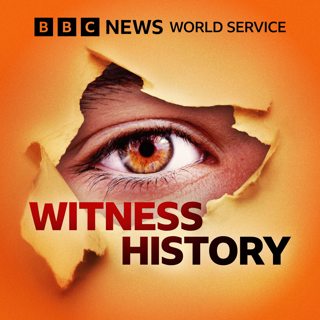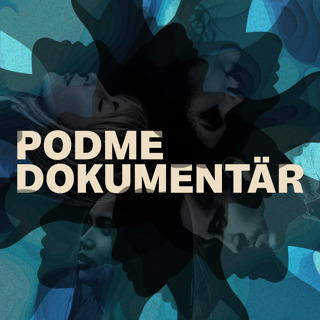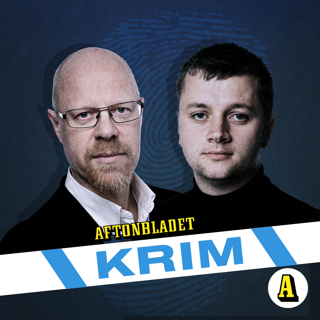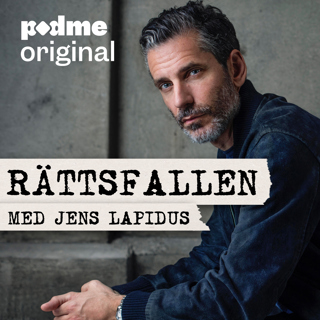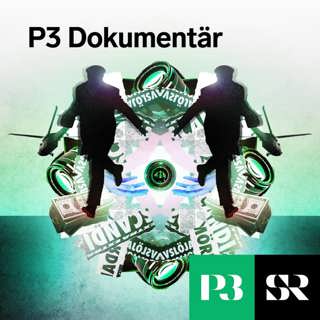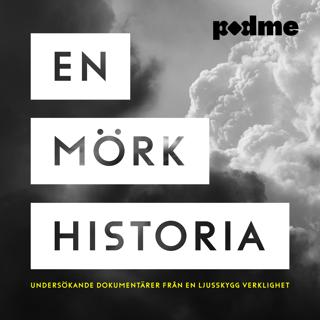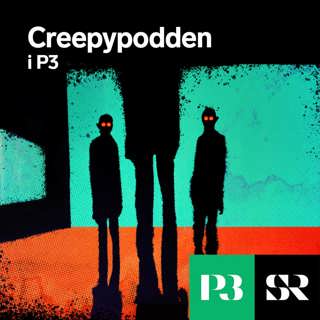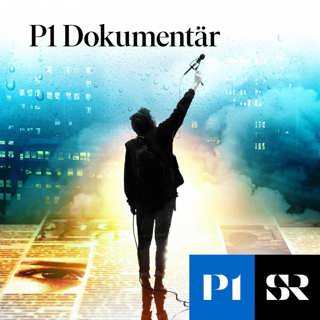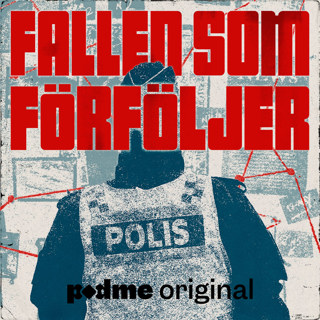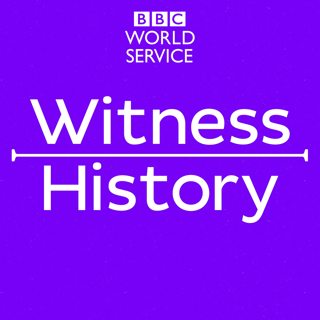
Jacques Derrida: ‘Rock star’ philosopher
In 1966, at Johns Hopkins University in the US, a little-known glamorous French philosopher called Jacques Derrida took to the stage and eviscerated the prevailing philosophy of the day, making him an overnight sensation.The following year, he published three hugely influential books making the case for his theory of “deconstruction”, which questioned the foundations of Western thought and knowledge.Deconstruction’s influence can still be felt today: from calls to decolonise the curriculum, to experimental architecture, to feminist retellings of the classics. While the word “deconstruct” has become widely used. On his death in 2004, The Guardian newspaper wrote: "Derrida's name has probably been mentioned more frequently in books, journals, lectures, and common-room conversations during the last 30 years than that of any other living thinker.”Hélène Cixous is one of France's most influential writers and a lifelong friend of Derrida. She speaks to Ben Henderson.Eye-witness accounts brought to life by archive. Witness History is for those fascinated by the past. We take you to the events that have shaped our world through the eyes of the people who were there. For nine minutes every day, we take you back in time and all over the world, to examine wars, coups, scientific discoveries, cultural moments and much more. Recent episodes explore everything from football in Brazil, the history of the ‘Indian Titanic’ and the invention of air fryers, to Public Enemy’s Fight The Power, subway art and the political crisis in Georgia. We look at the lives of some of the most famous leaders, artists, scientists and personalities in history, including: visionary architect Antoni Gaudi and the design of the Sagrada Familia; Michael Jordan and his bespoke Nike trainers; Princess Diana at the Taj Mahal; and Görel Hanser, manager of legendary Swedish pop band Abba on the influence they’ve had on the music industry. You can learn all about fascinating and surprising stories, such as the time an Iraqi journalist hurled his shoes at the President of the United States in protest of America’s occupation of Iraq; the creation of the Hollywood commercial that changed advertising forever; and the ascent of the first Aboriginal MP.
3 Feb 10min

English TV lessons in China go primetime
In 1981 the first major series of English lessons was broadcast on Chinese television.President Deng Xiaoping had allowed private enterprise and was pursuing an era of “opening up” to the rest of the world. It followed a decade of educational turmoil when teachers had been castigated as bourgeois by the former leader Mao Zedong.Kathy Flower presented the English education programme, Follow Me, several times a week at primetime. It was watched by an estimated 500 million people keen to get a taste of the English language and observe westerners on television. Kathy Flower recalls to Josephine McDermott what it was like becoming the most famous foreign person in China.Eye-witness accounts brought to life by archive. Witness History is for those fascinated by the past. We take you to the events that have shaped our world through the eyes of the people who were there. For nine minutes every day, we take you back in time and all over the world, to examine wars, coups, scientific discoveries, cultural moments and much more. Recent episodes explore everything from football in Brazil, the history of the ‘Indian Titanic’ and the invention of air fryers, to Public Enemy’s Fight The Power, subway art and the political crisis in Georgia. We look at the lives of some of the most famous leaders, artists, scientists and personalities in history, including: visionary architect Antoni Gaudi and the design of the Sagrada Familia; Michael Jordan and his bespoke Nike trainers; Princess Diana at the Taj Mahal; and Görel Hanser, manager of legendary Swedish pop band Abba on the influence they’ve had on the music industry. You can learn all about fascinating and surprising stories, such as the time an Iraqi journalist hurled his shoes at the President of the United States in protest of America’s occupation of Iraq; the creation of the Hollywood commercial that changed advertising forever; and the ascent of the first Aboriginal MP.(Photo: Kathy Flower at a book signing in China. Credit: BBC)
31 Jan 10min

1968 New York City teachers' strike
A series of unprecedented teachers’ strikes temporarily shut most of New York’s schools in the late 1960s, provoked by an ongoing dispute over whether parents could have a say in the running of their children’s schools. ‘Community control’ over the city’s schools was a divisive issue at the time, part of the civil rights and Black Power movement, in the USA.Linda Mannheim spoke to Monifa Edwards, who was a pupil at a school in the district of Ocean Hill-Brownsville, a name that became synonymous with the struggle over who controlled the local schools: the communities or the mainly white city officials.A CTVC production.Eye-witness accounts brought to life by archive. Witness History is for those fascinated by the past. We take you to the events that have shaped our world through the eyes of the people who were there. For nine minutes every day, we take you back in time and all over the world, to examine wars, coups, scientific discoveries, cultural moments and much more. Recent episodes explore everything from football in Brazil, the history of the ‘Indian Titanic’ and the invention of air fryers, to Public Enemy’s Fight The Power, subway art and the political crisis in Georgia. We look at the lives of some of the most famous leaders, artists, scientists and personalities in history, including: visionary architect Antoni Gaudi and the design of the Sagrada Familia; Michael Jordan and his bespoke Nike trainers; Princess Diana at the Taj Mahal; and Görel Hanser, manager of legendary Swedish pop band Abba on the influence they’ve had on the music industry. You can learn all about fascinating and surprising stories, such as the time an Iraqi journalist hurled his shoes at the President of the United States in protest of America’s occupation of Iraq; the creation of the Hollywood commercial that changed advertising forever; and the ascent of the first Aboriginal MP.(Photo: The Ocean Hill-Brownsville Governing Board and supporters march over the Brooklyn Bridge in March 1969. Credit: David Fenton)
30 Jan 9min

Lithuania's 'wolf children'
In the aftermath of World War Two, children were left orphaned, or separated from their families. They were forced to flee East Prussia when the Red Army advanced.Whilst trying to survive, on their way to Lithuania, they were likened to hungry wolves roaming through forests. Now aged 84, 'wolf child' Luise Quitsch tells Megan Jones about her journey and what life was like growing up in Lithuania. Eye-witness accounts brought to life by archive. Witness History is for those fascinated by the past. We take you to the events that have shaped our world through the eyes of the people who were there. For nine minutes every day, we take you back in time and all over the world, to examine wars, coups, scientific discoveries, cultural moments and much more. Recent episodes explore everything from football in Brazil, the history of the ‘Indian Titanic’ and the invention of air fryers, to Public Enemy’s Fight The Power, subway art and the political crisis in Georgia. We look at the lives of some of the most famous leaders, artists, scientists and personalities in history, including: visionary architect Antoni Gaudi and the design of the Sagrada Familia; Michael Jordan and his bespoke Nike trainers; Princess Diana at the Taj Mahal; and Görel Hanser, manager of legendary Swedish pop band Abba on the influence they’ve had on the music industry. You can learn all about fascinating and surprising stories, such as the time an Iraqi journalist hurled his shoes at the President of the United States in protest of America’s occupation of Iraq; the creation of the Hollywood commercial that changed advertising forever; and the ascent of the first Aboriginal MP.(Photo: Luise. Credit: Luise Quitsch)
29 Jan 10min

The Baltic chain protest
On 23 August 1989, approximately two million people joined hands to form a 690-kilometre human chain across Estonia, Latvia and Lithuania.It was a key moment in the protests in Eastern Europe that became known as the Singing Revolution.In 2010, Damien McGuinness spoke to MEP Sandra Kalniete, a Latvian organiser of the event. Eye-witness accounts brought to life by archive. Witness History is for those fascinated by the past. We take you to the events that have shaped our world through the eyes of the people who were there. For nine minutes every day, we take you back in time and all over the world, to examine wars, coups, scientific discoveries, cultural moments and much more. Recent episodes explore everything from football in Brazil, the history of the ‘Indian Titanic’ and the invention of air fryers, to Public Enemy’s Fight The Power, subway art and the political crisis in Georgia. We look at the lives of some of the most famous leaders, artists, scientists and personalities in history, including: visionary architect Antoni Gaudi and the design of the Sagrada Familia; Michael Jordan and his bespoke Nike trainers; Princess Diana at the Taj Mahal; and Görel Hanser, manager of legendary Swedish pop band Abba on the influence they’ve had on the music industry. You can learn all about fascinating and surprising stories, such as the time an Iraqi journalist hurled his shoes at the President of the United States in protest of America’s occupation of Iraq; the creation of the Hollywood commercial that changed advertising forever; and the ascent of the first Aboriginal MP.(Photo: Estonian nationalist demonstrators taking part in the protest. Credit: Reuters/Dominique Dudouble)
28 Jan 9min

The Milltown Cemetery attack
On 16 March 1988, loyalist paramilitary Michael Stone killed three mourners and injured 60 others attending a funeral for IRA members killed in Gibraltar.The so-called Gibraltar Three had been shot dead by the British Army and brought home to Belfast to be buried in the city’s Catholic Milltown Cemetery.American journalist Bill Buzenberg, who was covering the funeral for National Public Radio in the US, was knocked off his feet in the gun and grenade attack. He shares his memories with Maggie Ayre.Eye-witness accounts brought to life by archive. Witness History is for those fascinated by the past. We take you to the events that have shaped our world through the eyes of the people who were there. For nine minutes every day, we take you back in time and all over the world, to examine wars, coups, scientific discoveries, cultural moments and much more. Recent episodes explore everything from football in Brazil, the history of the ‘Indian Titanic’ and the invention of air fryers, to Public Enemy’s Fight The Power, subway art and the political crisis in Georgia. We look at the lives of some of the most famous leaders, artists, scientists and personalities in history, including: visionary architect Antoni Gaudi and the design of the Sagrada Familia; Michael Jordan and his bespoke Nike trainers; Princess Diana at the Taj Mahal; and Görel Hanser, manager of legendary Swedish pop band Abba on the influence they’ve had on the music industry. You can learn all about fascinating and surprising stories, such as the time an Iraqi journalist hurled his shoes at the President of the United States in protest of America’s occupation of Iraq; the creation of the Hollywood commercial that changed advertising forever; and the ascent of the first Aboriginal MP.(Photo: People help a wounded person in Milltown Cemetery after the attack at the funeral for three IRA members. Credit: Bernard Bisson/Sygma via Getty Images)
27 Jan 10min

The launch of Windows 95
In August 1995, Microsoft released a new operating system - Windows 95 – following one of the computer industry’s biggest and most expensive marketing campaigns.Queues formed outside shops at midnight as people around the world waited to be among the first to buy it.The new software was designed to be more user friendly, easier to understand and aimed at ordinary people not professional programmers. Connecting to the internet was also more straightforward.More than 40 million CD Rom copies were sold in the first year, introducing a boom in personal computers at home.Sarah Leary who demonstrated the software on launch day – alongside Microsoft chairman Bill Gates and US talk show host Jay Leno – talks to Jane Wilkinson.Eye-witness accounts brought to life by archive. Witness History is for those fascinated by the past. We take you to the events that have shaped our world through the eyes of the people who were there. For nine minutes every day, we take you back in time and all over the world, to examine wars, coups, scientific discoveries, cultural moments and much more.Recent episodes explore everything from football in Brazil, the history of the ‘Indian Titanic’ and the invention of air fryers, to Public Enemy’s Fight The Power, subway art and the political crisis in Georgia. We look at the lives of some of the most famous leaders, artists, scientists and personalities in history, including: visionary architect Antoni Gaudi and the design of the Sagrada Familia; Michael Jordan and his bespoke Nike trainers; Princess Diana at the Taj Mahal; and Görel Hanser, manager of legendary Swedish pop band Abba on the influence they’ve had on the music industry. You can learn all about fascinating and surprising stories, such as the time an Iraqi journalist hurled his shoes at the President of the United States in protest of America’s occupation of Iraq; the creation of the Hollywood commercial that changed advertising forever; and the ascent of the first Aboriginal MP.(Photo: Windows 95. Credit: Bill Nation/Sygma via Getty Images)
24 Jan 10min

Replacing the Panchen Lama
On 29 November 1995, Tibetan Buddhist leaders attended a secret ceremony in the Tibetan capital, Lhasa. They were present to witness the choice of the next Panchen Lama, a position in Tibetan Buddhism second in importance to the Dalai Lama. They were met by Chinese armed guards, sent to ensure Chinese influence over the choice of Panchen Lama. The Dalai Lama's choice of Panchen Lama had been kidnapped and disappeared six months earlier. Arjia Rinpoche, a senior Tibetan Lama, was at the ceremony. He speaks to Alex Strangwayes-Booth. This is a CTVC production.Eye-witness accounts brought to life by archive. Witness History is for those fascinated by the past. We take you to the events that have shaped our world through the eyes of the people who were there. For nine minutes every day, we take you back in time and all over the world, to examine wars, coups, scientific discoveries, cultural moments and much more. Recent episodes explore everything from football in Brazil, the history of the ‘Indian Titanic’ and the invention of air fryers, to Public Enemy’s Fight The Power, subway art and the political crisis in Georgia. We look at the lives of some of the most famous leaders, artists, scientists and personalities in history, including: visionary architect Antoni Gaudi and the design of the Sagrada Familia; Michael Jordan and his bespoke Nike trainers; Princess Diana at the Taj Mahal; and Görel Hanser, manager of legendary Swedish pop band Abba on the influence they’ve had on the music industry. You can learn all about fascinating and surprising stories, such as the time an Iraqi journalist hurled his shoes at the President of the United States in protest of America’s occupation of Iraq; the creation of the Hollywood commercial that changed advertising forever; and the ascent of the first Aboriginal MP.(Photo: Arjia Rinpoche in 2008. Credit: Mira Oberman/AFP via Getty Images)
23 Jan 10min
